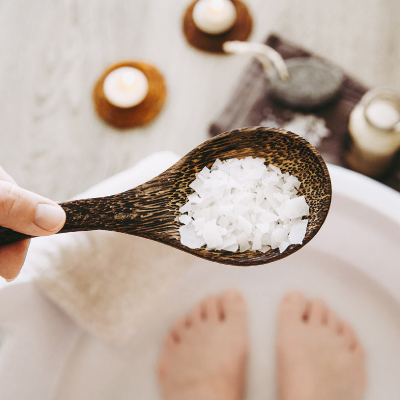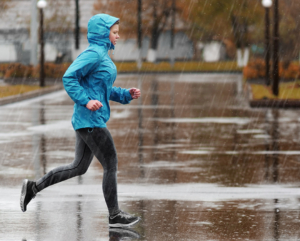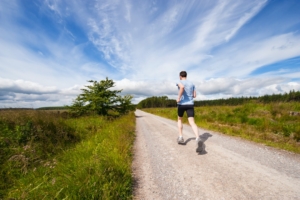5 tips to inspire yourself, boost your motivation, and become a better runner
Let’s face it, there are days when you don’t want to wake up at the crack of dawn for a run. Similarly, no one really wants to leave work, get home, and head out for a run. No matter how much you love running there are going to be days when you don’t feel like it. This happens to all runners. There’s a secret ingredient that can help you overcome this: inspire yourself. This is helpful for every runner, especially if you’re training for your first half marathon.
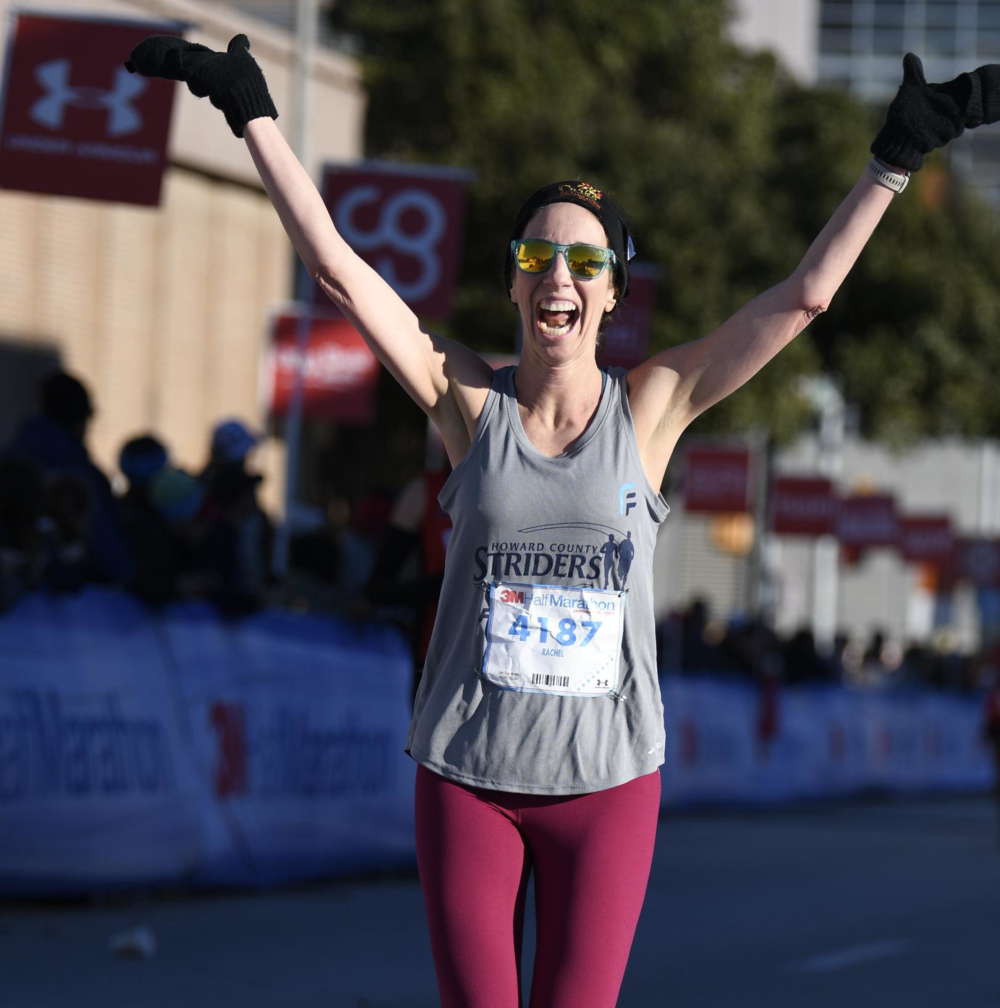
Set smaller goals that lead to your large goal, like the finish line.
Inspiring yourself is easier said than done. The difference between those who give up and those who keep running is motivation. Running provides amazing benefits, but you can’t take advantage of them if you don’t run. There are many ways to inspire yourself no matter what level of runner you are. Even the most experienced runners will revert back to what they first learned when they started running. Whether you just started running or need a refresher, the 5 tips below will help you inspire yourself.
-
Start small
The easiest way to scare yourself away from running daily is to choose large goals that you can’t yet reach. You can’t run ten miles on your first day, much less at the end of your first week. Creating larger long-term goals and smaller short-term goals is the key to success.
You need to understand your body and your limits. How much are you comfortable with running in a day? Start small and when you get used to that, increase the distance. Eventually, you’ll reach your goal of running ten miles a day. You can inspire yourself along the journey by setting small, accomplishable goals and achieving them.
-
Mix it up
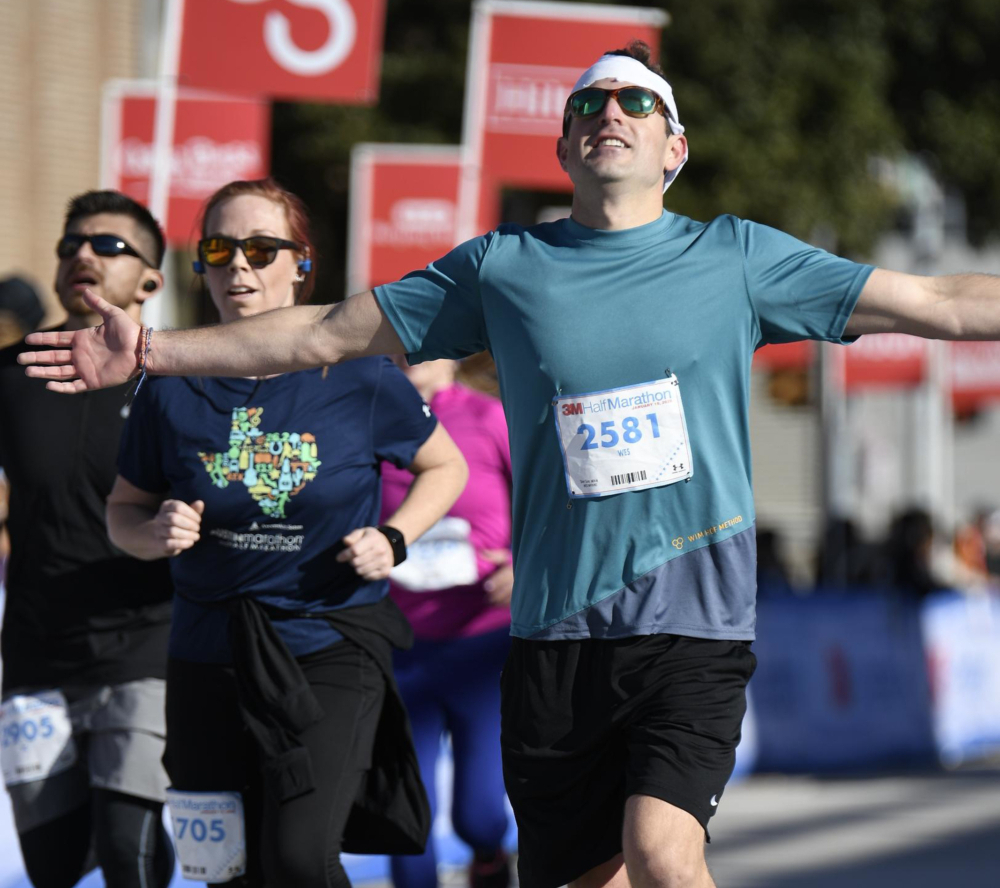
Mixing it up can help you keep it fresh and avoid runner burnout.
Running along the same route can become boring and routine. Mix it up and change your routes every few days. You can explore new areas (just make sure they’re safe places to run), enjoy new parts of your city, and most importantly, find reasons to keep running. You could even meet other runners and make new friends along the way. Allow yourself to use running as a way to unwind and explore, instead of seeing it as a chore. This strategy will also help you avoid runner burnout.
-
Tell your friends and family
There’s no better way to stay motivated than to tell the people you know about your running goals. You’ll feel a sense of accomplishment, hold yourself accountable, and you’ll have one less excuse to give up. Share photos from your run on Instagram or Twitter. Use relevant hashtags so other runners can see what you did. You can see what they’ve done and might get inspired by them. Sharing your fitness goals makes you accountable for your success. You just might inspire someone else along the way.
-
Expect failure
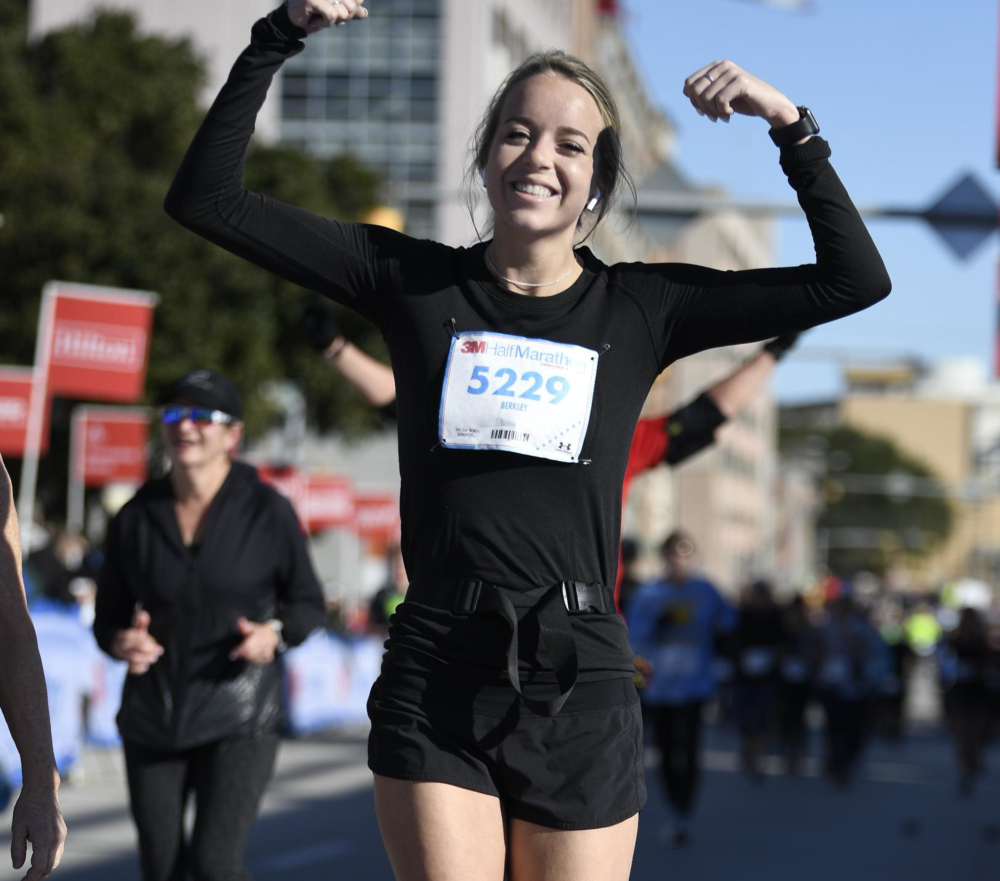
Failure will help you achieve your goals.
No one has ever succeeded 100% of the time. Failure can be a key factor that demotivates people from continuing running. The secret is to know about this ahead of time so you can be prepared for it. If you miss out on a day of running, that’s fine. If you catch a cold and can’t run for a week, that’s fine. Running is all about taking care of yourself, understanding your limits, and doing your best. Not someone else’s best.
Expect to fail, and know that even if you fail to meet your goal, you will have another chance to succeed. It’s also important to learn why you failed. Were you not paying attention to your stride and did you land awkwardly? Did you not hydrate enough or eat before your run? Perhaps you started your long run too fast. Everything that could lead to failure is a teachable moment from which you can learn.
-
Just do it
You’ve probably heard this one plenty of times before, but it works! If you’re procrastinating and don’t feel like running, just get up and run. Once you’re actually running, there’s a good chance you’ll keep going. There’s an old saying that getting your shoes on is the hardest part of the run. So lace up those shoes and go. If you need more motivation, add a small reward at the end of your run. Something that you’ll look forward to. Remember, running can reduce stress and anxiety. You’ll feel much better at the end of your run, even if it’s a short one.
There are going to be days when you don’t feel like running and there are going to be days when you fail to reach your goals. If you inspire yourself, then that’s like having a personal coach who completely understands you and is there to help you on your running journey. Stay motivated, keep running, and pretty soon you’ll reach your long-term goals.

 Your purpose for running should not be guided by perceived pressures or mismatched goals. When you train more with less time for recovery, you are at risk for runner burnout. If this happens, the running you loved will no longer feel the same. If you don’t want this to impede your running journey, it is essential to minimize overtraining and maximize your recovery time. Whether you are an everyday runner or a professional,
Your purpose for running should not be guided by perceived pressures or mismatched goals. When you train more with less time for recovery, you are at risk for runner burnout. If this happens, the running you loved will no longer feel the same. If you don’t want this to impede your running journey, it is essential to minimize overtraining and maximize your recovery time. Whether you are an everyday runner or a professional,  Struggling with runner burnout is not easy. It never was. An enjoyable activity can even turn into an unsatisfying chore. Watch for the following indicators. They’ll provide the clues you need to assess runner burnout and act accordingly.
Struggling with runner burnout is not easy. It never was. An enjoyable activity can even turn into an unsatisfying chore. Watch for the following indicators. They’ll provide the clues you need to assess runner burnout and act accordingly. Pushing harder and not slowing down could make the issue worse. Once you identify a few indicators, you need to act quickly. Here are several ways to overcome runner burnout and get back to pounding the pavement.
Pushing harder and not slowing down could make the issue worse. Once you identify a few indicators, you need to act quickly. Here are several ways to overcome runner burnout and get back to pounding the pavement.

